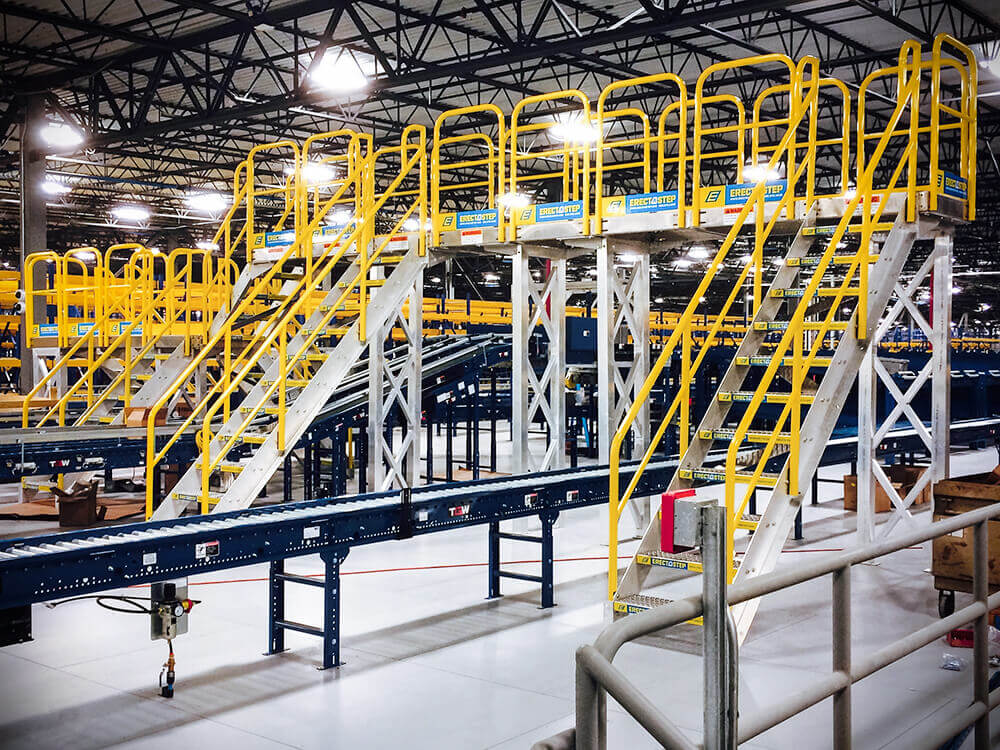The angle of inclination refers to the steepness or slope of a ladder, measured from the horizontal ground to the ladder’s surface. This angle determines the ladder’s stability and ease of use in various applications.
The angle of inclination is important for ensuring that ladders are safe and efficient in their use, from construction sites to home maintenance projects. A proper angle ensures that the ladder remains stable and secure, preventing accidents and enhancing usability.

Key Benefits:
- Safety: Ensures the ladder is positioned securely to prevent slips and falls.
- Efficiency: Optimizes the angle for ease of climbing and working.
- Versatility: Suitable for various environments and tasks.
Applications:
- Construction and maintenance tasks
- DIY and home improvement projects
- Industrial settings
A: The angle of inclination refers to the slope of a ladder from the horizontal ground, determining its stability and ease of use.
OSHA Compliance for Angle of Inclination
The Occupational Safety and Health Administration (OSHA) sets specific standards for ladder safety, including the angle of inclination. Adhering to these standards is essential to ensure ladder stability and prevent accidents. Key OSHA guidelines for the angle of inclination include:
- Design: Ladders must be positioned at an angle where the horizontal distance from the top support to the foot of the ladder is one-quarter of the working length of the ladder. This ensures the ladder is neither too steep nor too flat, optimizing stability.
- Stability: The ladder must be stable and secure at the given angle to prevent slipping or tipping. Proper positioning reduces the risk of the ladder moving or collapsing during use.
- Inspection: Regular inspections are required to ensure the ladder is set at the correct angle and remains safe to use. Inspections should identify any wear, damage, or improper setup that could compromise safety.
- Load Capacity: Ladders should be able to support at least four times the maximum intended load to prevent failure under normal conditions.
Ensuring adherence to these guidelines helps maintain safety and compliance in the workplace.




